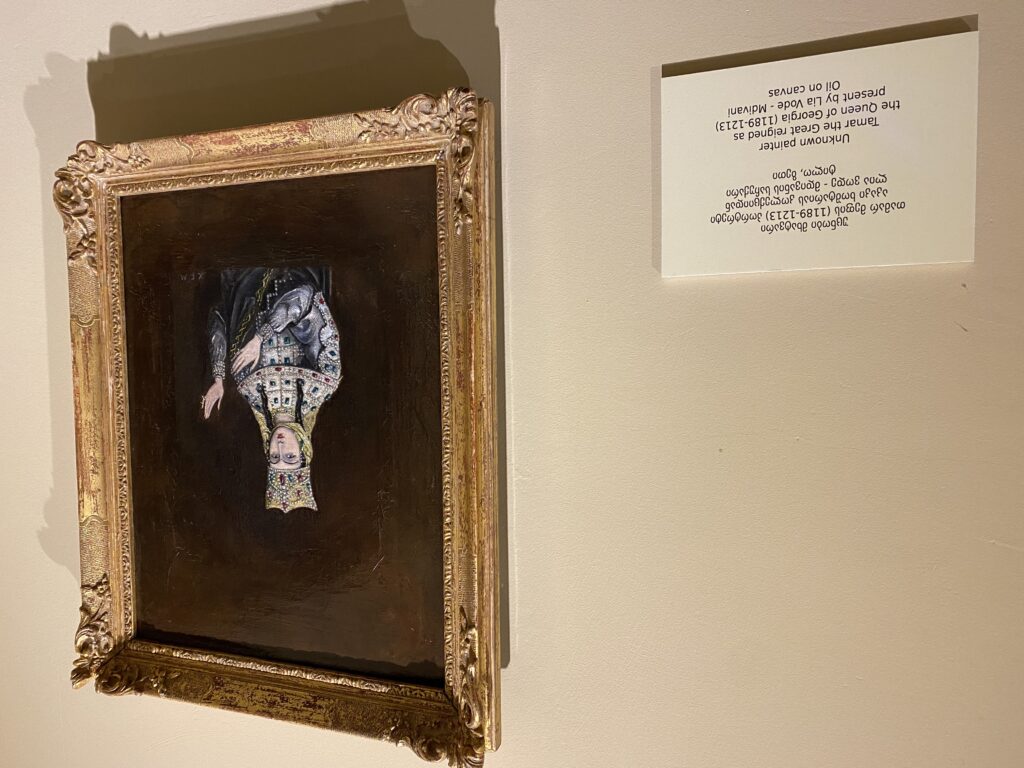While I prepare my post on my latest trip to Georgia and Armenia, here is a bit of Georgian history.
Tamar the Great, or King Tamar, if taken straight from the Georgian, ruled as the first female ruler of Georgia, from 1184 to 1213 and presided over Georgia’s Golden Age. For a quick brush up on geography, Georgia (the country of course!) is located in between the Black Sea and the Caspian Sea, with Russia to the north and Turkey, Azerbaijan, and Armenia to the south. On my recent trip to Georgia, her name came up again and again, and the feelings that Georgian people have for her is evident.
Appointed to the throne by her father as a co-ruler while he was still alive, Tamar at first faced great opposition from the aristocracy, but was given the title ‘mepe’ (meaning ‘king’) after her father’s death and this helped to solidify her rule. She also led attacks against the Turks to strengthen and expand the Georgian borders, which were held for nearly two decades before falling to the Mongols. Because of Georgia’s strategic position between the East and the West, it has nearly always been the object of attack from foreign powers wishing to gain a foothold, and this is still seen today. But back to Tamar.
Her first husband tried to lead two unsuccessful coups against her, and she divorced him (so progressive!) and subsequently expelled him from the country. She had two children by her second husband, one of whom became coregent with her when he reached adulthood. Tamar not only had to battle foreign neighbors, but also had to face conflicts with opposition from within the country who did not think a woman could also be a monarch.
Her reign not only expanded Georgian territory but also led to an embrace of the Byzantine West instead of the Islamic East, which can be seen in the architectural development during her time as ruler—numerous domed cathedrals and hilltop monasteries were built in her name.
Canonized as a saint both during her life and afterwards, Tamar was known as a warrior-queen for her military victories, helping Georgia to achieve its most powerful state during her rule. This contributed to an outburst of national pride and cultural successes, and contributes to Tamar still being greatly appreciated in Georgia. Her face can be seen all over the country, from wall paintings in monasteries and churches to artwork in museums (see the photo I took at the Art Palace in Tbilisi) to magnets and postcards in souvenir shops. She remains an important figure in Georgian popular culture and is forefront in their historical memory.

